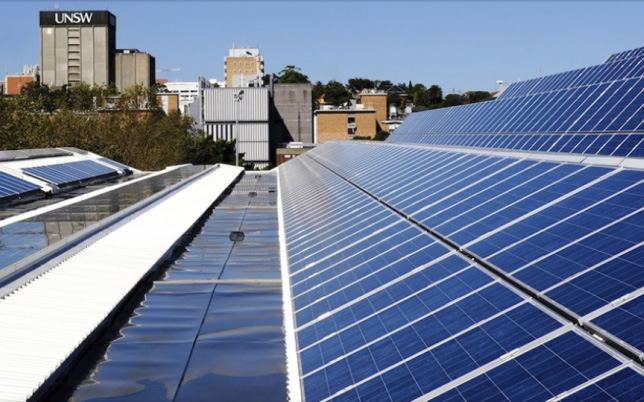Summary
The project aims to develop advanced daytime inspection methods and systems that combine innovative outdoor photoluminescence (PL) imaging techniques with conventional imaging techniques for a comprehensive quality assessment of solar farms.
Need
This project is funded under the ULCS PV Research and Development Round (R&D) and will build on ARENA’s previous investment into solar photovoltaic (PV) that support projects aligning with ARENA’s ‘Solar 30 30 30’ target to improve module efficiency to 30 per cent and reduce total construction costs of utility scale solar farms to 30 cents per watt by 2030. Funding is being made available to focus on commercialisation prospects, which will take place after an initial R&D phase, to assist getting the new technologies into the market.
Photoluminescence imaging on silicon wafers and solar cells, first demonstrated at UNSW, is now an indispensable tool for defect detection, process monitoring and quality control in both R&D and in high volume manufacturing. The same benefits that have made luminescence imaging successful also apply to outdoor field inspection. The adaptation of PL imaging to outdoor conditions and the associated development of rapid and economical deployment methods and systems within this project will enable systematic application for quality testing in large scale PV power plants. Such testing is highly relevant to assure the quality of PV assets, thereby contributing to the growth of PV into the dominant source of electricity over the next two decades.
Action
The UNSW team has previously demonstrated several innovative methods and approaches for outdoor PL imaging (OPL) in full daylight, which will be progressed to higher technology readiness levels through to commercial products and prototypes through the project.
The project will:
- Develop high throughput commercial OPL inspection solutions and associated commercial alpha prototype systems, including automated deployment via aerial drones.
- Develop AI based image analysis methods and associated software solutions for automated image enhancement, fault detection and defect classification.
- Develop an advanced commercial prototype of an OPL system that is based on the single shot technology using an ultranarrow bandpass filter.
Outcome
This project will deliver commercial outcomes, based on the innovative PL imaging solutions that have previously been developed at UNSW and which are currently at early commercial readiness levels. This will include the further development of current laboratory systems into practical, user-friendly commercial systems. The combination of economical and rapid deployment methods and systems, including fast and reliable machine learning based data analysis, are expected to become standard tools in future O&M of PV assets. Various pathways for commercialisation will be evaluated and decided throughout the project, including selling inspection systems, or offering inspection solutions as a commercial service.
Rapid acquisition of high volumes of high-quality PL image data of installed crystalline silicon PV modules will be enabled by this project for the first time. This will enable a wide range of defects and fault mechanisms to be detected, differentiated, and quantified.
Additional impact
Australia has an impressive history of commercialising solar innovations. This project will continue this tradition. The systematic application of the technology and the associated products emerging from this project, will contribute to the reliability of PV assets, and thereby support the accelerating transition away from fossil fuels.




